Researchers show coordination polymer glass membranes can produce as much energy as liquid-based counterparts in fuel cells
Green Car Congress
MAY 18, 2020
Scientists at Kyoto University’s Institute for Integrated Cell-Material Sciences (iCeMS) have developed a new coordination polymer glass membrane for hydrogen fuel cells that works just as well as its liquid counterparts with added strength and flexibility. Credit: Mindy Takamiya/Kyoto University iCeMS. —Ogawa et al.

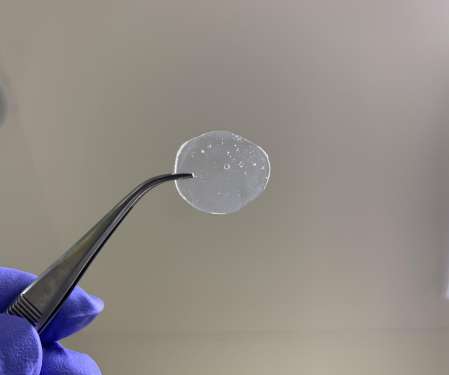





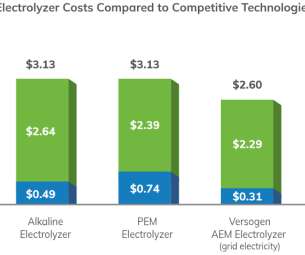
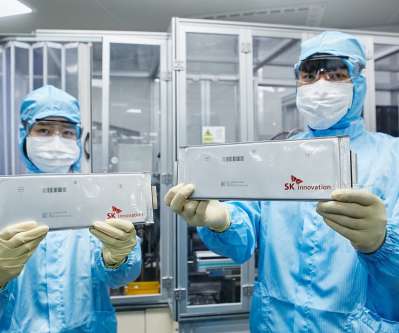
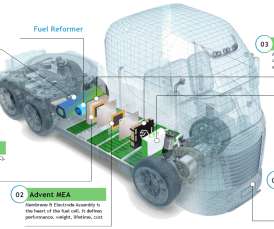






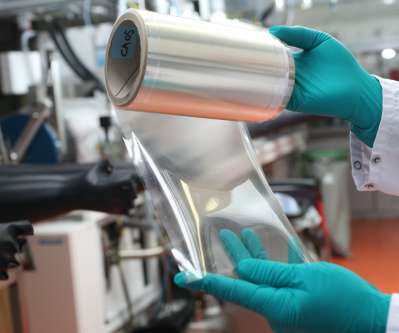
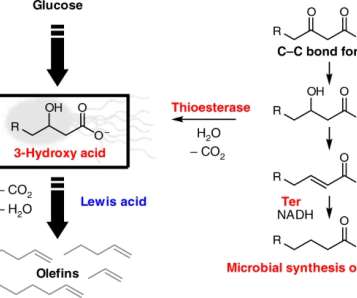
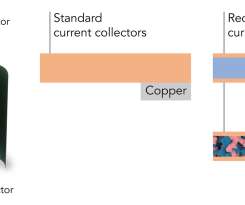



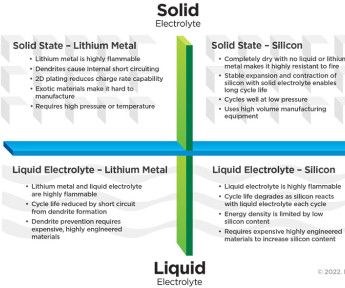







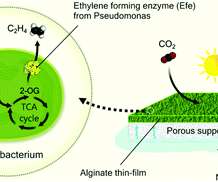




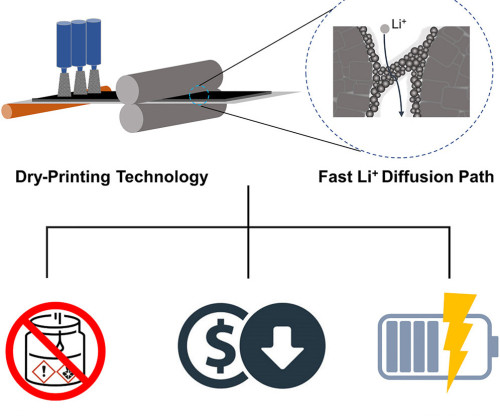








Let's personalize your content